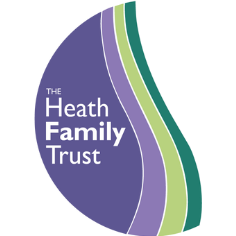Teaching of Mathematics
Lesson Structure
Explore Task - Each lesson begins with a real-life problem. The pupils discuss the problem with their partner, and consider what they can see in the picture and which methods may be needed to solve the problem. The children are given time to explore the problem using concrete resources and are encouraged to describe their methods and explain their reasoning using mathematical vocabulary.
Master - At this point the learning is guided by the teacher, taking feedback on methods 1, 2, 3 …etc. Children share their understanding and try to explain how someone else solved the problem. The master sections are designed to replicate someone's journal.
Guided Practice - Children undertake a set of problems to consolidate learning and allow pupils to apply their knowledge. Guided practice provides examples of the types of questions that the pupils may be asked in their workbook, giving them the confidence to put their newfound knowledge into practice independently, in groups or collectively as a class. Discussion and modelling during the guided practice encourages mathematical fluency and further development of reasoning skills., under the close guidance of the teacher who uses this opportunity for assessment for learning.
Independent Practice - Children have time to complete independent practice in their workbooks to answer a range of questions directly linked to the National Curriculum objectives. Initially, the workbook questions are scaffolded and as the pupils work through them, the scaffolding is reduced and the questions become more challenging. The workbook tasks allow children to evidence their mastery of the mathematical concept being taught.
Journals - Children are encouraged to journal throughout the lesson. Journaling provides the children with the opportunity to document their learning. Some days the teacher chooses; other days, the child. The children write down their ideas in their maths journal, allowing them to showcase their understanding of mathematical concepts and encourages them to use a range of methods to solve the same problem.
Responsive Intervention - During the Explore Task and Guided Practice, teachers use assessment for learning to identify which children do not have a firm understanding of the problem and require further support - this may be in form of additional adult support or the use of concrete materials during the Independent Practice. Pupils may then also require an intervention in the afternoon to consolidate learning further and reinforce methods and mathematical concepts with an additional problem or set of questions. Responsive intervention is available daily to address misconceptions and respond to any gaps in the children’s knowledge or conceptual understanding. Responsive Intervention is provided in the afternoon by a teaching assistant for children identified as needing further support.


